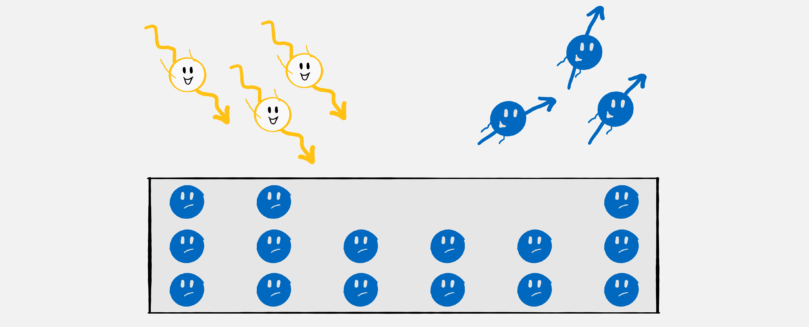
FAQ: Quantum Computer
Everyone is talking about quantum computers. Do you sometimes feel like you’ve missed the boat and no longer dare to ask how a quantum computer actually works and what it’s supposed to be good for? Then my blog series “FAQ: Quantum Computer” is for you! Many news articles on quantum computing do not (or no longer) go into sufficient detail about the new quantum machines, which quickly leads to misunderstandings and confusion.
I have gone into the details of the “miracle machines” in three articles. Here you will find an overview of the questions I have tried to answer – including a short version of the answer.








